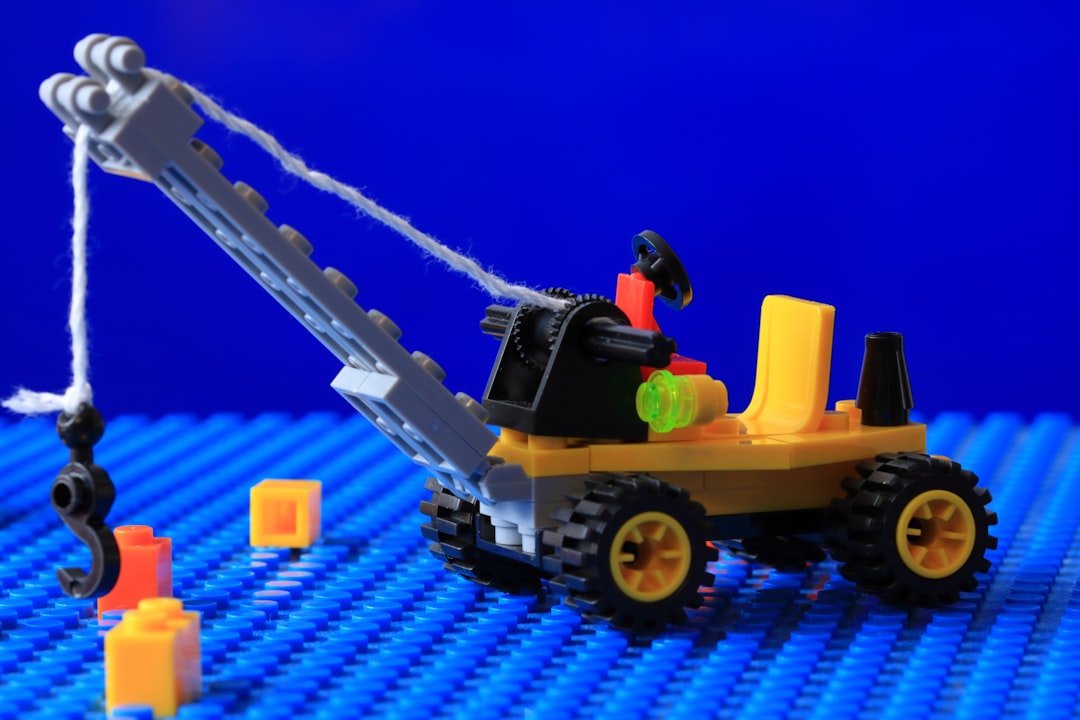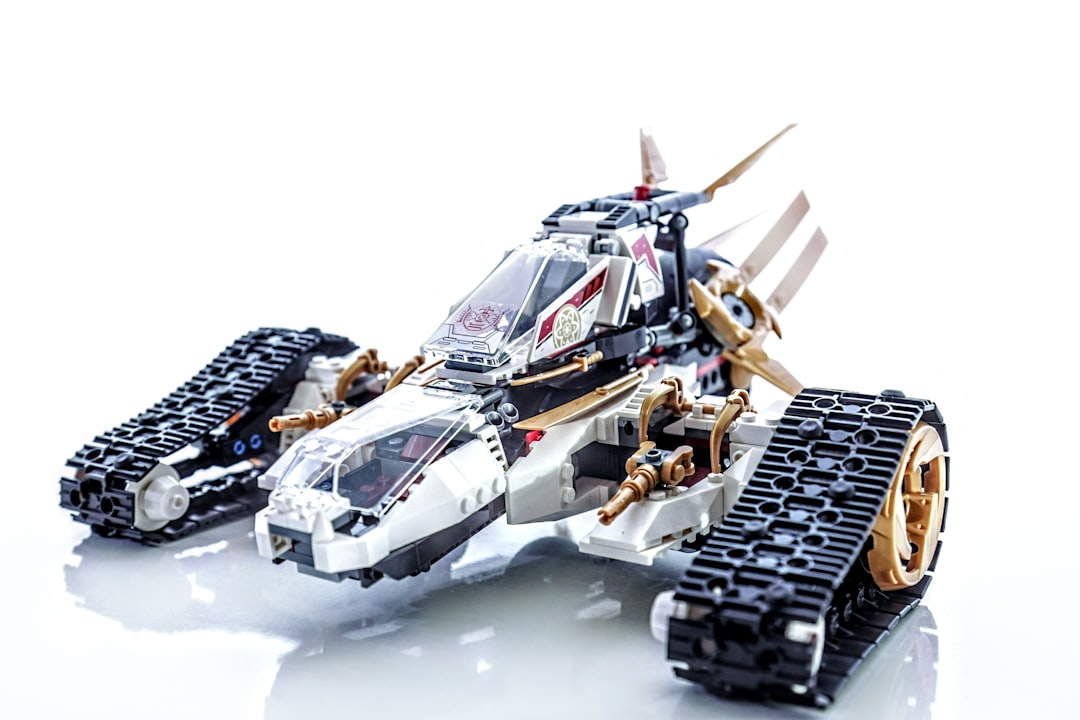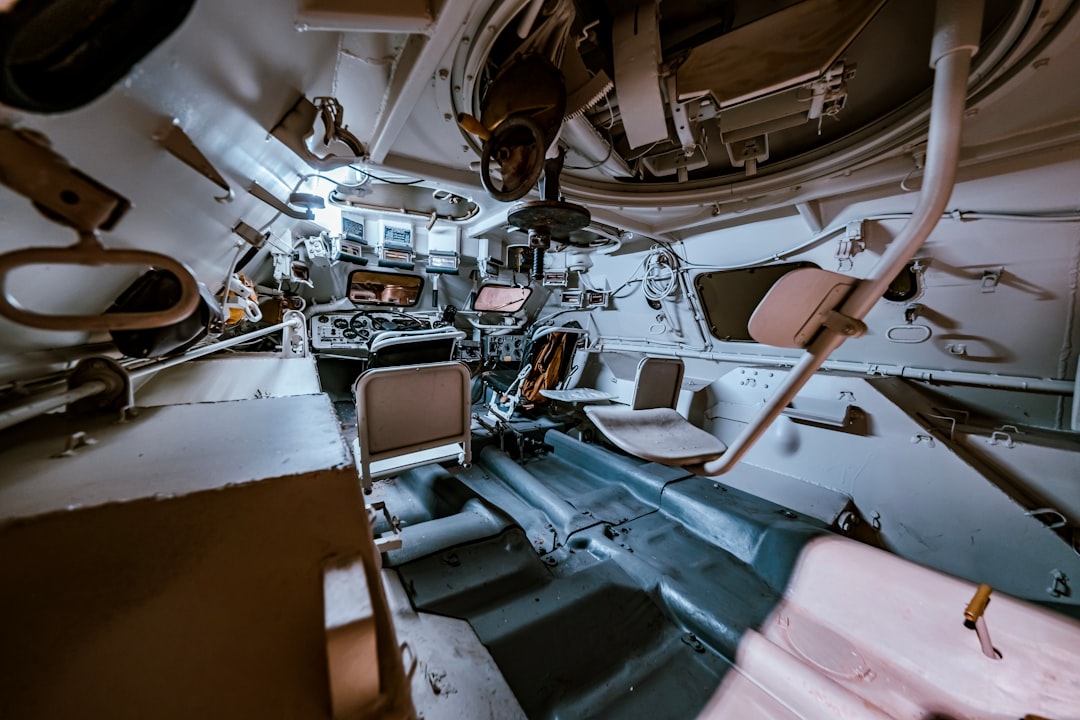

Engage prospects with a scan and streamline customer engagement with FREE QR code marketing tools by Sona – no strings attached!
Create a Free QR CodeFree consultation

No commitment

Engage prospects with a scan and streamline customer engagement with FREE QR code marketing tools by Sona – no strings attached!
Create a Free QR CodeFree consultation

No commitment
Crawl space encapsulation services protect homes from moisture intrusion, mold growth, structural damage, and energy loss. For context on what is included, see crawl space encapsulation. Yet the way most contractors market, sell, and support these services still relies heavily on paper processes and one-off conversations that are difficult to measure. Prospects who pick up a flyer at a home show, or homeowners who receive a paper invoice after installation, often leave no digital footprint for follow-up. That lack of traceability leads to missed revenue and retention opportunities.
Quick response codes change that equation. When you place a QR code on a technician’s uniform, proposal packet, inspection checklist, or warranty card, you give property owners a fast path to take action: view maintenance videos, book a humidity check, register a warranty, or submit a review. Every scan produces measurable data and triggers a digital journey that you can track, learn from, and optimize.
With a platform like Sona QR, crawl space contractors can centralize scan activity, automatically sync it to their CRM, and create lifecycle campaigns that nurture relationships long after the initial installation. The following guide shows exactly how to integrate QR touchpoints across your process to boost retention, increase referrals, and lift lifetime value.

Retention falters when analog touchpoints create dead ends. Paper brochures, static care guides, and manual reminder calls rarely capture a customer’s changing needs or readiness for service. Homeowners misplace documents. Property managers switch vendors because they cannot easily schedule or get quick answers. Scattered touchpoints erode loyalty, even when your work quality is high.
QR codes turn every physical asset into an interactive gateway that keeps the relationship going. Instead of a one-time handoff, a scan initiates a trackable journey: warranty activation, maintenance scheduling, humidity alerts, seasonal tips, and upgrade education. By connecting each scan to your CRM, you gain visibility into who is engaging, what they care about, and when to reach out.
Modern platforms like Sona QR centralize scans, attribute them to the correct asset and campaign, and update contact records in your CRM. That unified data lets you segment by behavior, send targeted reminders, and personalize offers across the customer lifecycle.

Crawl space work is inherently physical. Customers meet technicians onsite, hold paper estimates, and receive printed instructions. Without an easy bridge to digital channels, your marketing depends on guesswork and your retention relies on manual effort. You know people saw your brochure or heard your presentation, but you do not know who is ready to take the next step.
QR codes remove that friction. One scan moves a customer from paper to a digital action they can complete in seconds. Unlike a generic URL, a QR code prompts immediate engagement, captures context, and keeps your content up to date without reprinting.
When you connect QR scans to your CRM, every interaction stops being anonymous. You gain visibility into interest patterns and can time your outreach to align with customer needs.

Different jobs call for different QR formats. A property manager who needs a quick callback has different needs than a homeowner who wants to download a crawl space maintenance checklist. Choosing the right format aligns the scan with the expected action.
With Sona QR, you can generate and manage all of these formats in one dashboard. You can also tag codes by channel, campaign, and asset to compare performance and optimize over time.

Many encapsulation companies lose momentum after installation. The crew completes a complex job, the customer is happy, then the conversation goes quiet. Without ongoing digital touchpoints, it is hard to surface readiness for annual maintenance, humidity control upgrades, or referrals to neighbors.
QR codes create growth moments exactly where your brand already lives in the physical world. Instead of asking customers to hold onto a brochure or remember a URL, you give them a one-tap path to take the next step.
By placing QR codes on high-visibility, high-intent materials, you shift from reactive to proactive growth. Those codes make it easy to nurture, educate, and convert without relying on memory or manual data entry.

QR codes shine when they turn the next step into the easiest step. That is true whether you are prompting a homeowner to leave a review or enabling a property manager to book a multi-unit inspection.
These use cases create measurable outcomes: higher review rates, increased repeat bookings, and better-informed customers who are more likely to approve recommended work. The key is mapping each physical item to a digital action, then monitoring which actions correlate with retention and revenue.
Each scan is a behavioral signal. It tells you what the customer wants, where they engaged, and how soon they might buy or renew. When you deploy unique QR codes for each touchpoint, you can automatically segment audiences and trigger the right follow-up for each group.
Start by aligning codes to your funnel. Top-of-funnel codes on yard signs and community flyers capture awareness and general interest. Mid-funnel codes on inspection reports, proposal packets, and product one-pagers indicate deeper consideration. Bottom-of-funnel codes on pricing sheets or limited-time offers signal purchase intent or immediate service needs.
For paid media execution using first-party signals, see Sona’s Playbook titled Intent-Driven Retargeting: Driving High-Impact Campaigns with First-Party Intent Signals. To improve identification of who’s engaging, read Sona’s blog post The Essential Guide to Account Identification: Turn Your Website Into a Goldmine.
This approach builds a living database of customer signals. You stop guessing where interest starts and when to follow up, and instead react to real behavior across the lifecycle.
Disconnected campaigns are expensive. You mail postcards, publish blog posts, and staff events, yet none of those channels talk to each other. QR codes serve as the connective tissue that makes each channel measurable and orchestrated.
When you embed QR codes into your print, onsite, and digital initiatives, you gain closed-loop attribution and a smoother customer experience. Scans reveal which touchpoints resonate, and your follow-ups become timely and relevant. For a deeper framework on measurement, read Sona’s blog post The Essential Guide to Offline Attribution: Maximizing ROI Through Offline Channels.
A centralized platform like Sona QR helps you generate, tag, and manage codes across channels, then sync outcomes to your CRM and marketing tools. The result is a coordinated funnel that moves prospects from first touch to booked service with less waste and more insight.
A clear, repeatable process turns QR codes from a neat idea into a reliable growth engine. Use the following steps as your blueprint, and adapt the details to your market, seasonality, and service mix.
Begin with a specific business outcome. For crawl space encapsulation, common goals include capturing post-service reviews, driving annual inspection bookings, registering warranties, or collecting event leads without paperwork. Clarity at this stage prevents scattered deployments that are hard to measure.
Tie the use case to a customer moment. A completion walk-through is perfect for a review prompt. A service checklist is ideal for booking a follow-up. A home show booth is the right place for a giveaway that grows your list. The tighter the fit between moment and message, the higher your scan-to-conversion rate.
Choose the format that aligns with the action you want. If the job is education, a web link to a resource hub works best. If you want fast contact saves for property managers, a vCard is practical. If you want measurable conversions and future flexibility, dynamic codes are the default.
Use dynamic codes for almost every marketing and retention program. They provide analytics, allow destination changes without reprinting, and support UTM tracking for precise attribution. Reserve static codes for fixed assets and evergreen destinations, such as a general service overview PDF.
Good design drives scans. Place the code with clear visual hierarchy, add a compelling benefit-driven CTA, and ensure it is large enough to scan from realistic distances. Include your logo or a recognizable brand frame to build trust.
Test in real conditions, especially for crawl spaces. Poor lighting, tight angles, and dusty surfaces can reduce scannability. Print a few variations, try different finishes, and validate that both iOS and Android devices can scan quickly.
Roll out codes to the assets your customers already touch. Focus on high-traffic items and high-intent moments first. This approach generates quick wins and clean data you can use to refine future placements.
Coordinate deployment with training. Field teams should know what each code does, how to present it, and what to say if a customer asks why they should scan. A 30-second explanation at the right time dramatically improves adoption.
Measurement turns QR codes into a performance channel. Monitor scan volume, conversion rates, time to action after scan, and engagement by asset. Look for patterns by location, season, and audience segment.
Then optimize. Improve the CTA, adjust landing page layout, or reposition codes on assets. Use A/B testing to compare designs or offers. The goal is continuous improvement that compounds over time.
Retention suffers when you cannot connect a physical touchpoint to a business outcome. Traditional methods record that a brochure was handed out or a service was completed, but not whether a homeowner later booked maintenance or left a review. You need visibility from initial interest to final revenue, and you need it at the detail level of individual assets and campaigns.
Sona QR brings that clarity. It captures real-world engagement at the scan level, then syncs it into your CRM to power lead scoring, pipeline reporting, and lifecycle automation. You can act on the data immediately and attribute outcomes with confidence.
With credible analytics, QR codes move from a novelty to a performance tool. You can prove impact, meet retention targets, and invest with precision.
Sustained success comes from consistent execution, smart testing, and cross-team alignment. Start with the most common assets, then expand into creative placements that fit your workflows.
Integrating QR codes throughout your service experience turns static touchpoints into dynamic, measurable interactions. You reduce churn by staying relevant, you win more referrals by capturing satisfaction in the moment, and you build a reliable pipeline of repeat business with less manual work. In a market that values transparency, responsiveness, and proof of performance, QR codes provide a practical, field-tested way to convert every interaction into loyalty and long-term growth. With Sona QR, you can generate and track your first set of codes in minutes, then scale what works across your entire operation. Start creating QR codes for free.
QR codes have revolutionized the crawl space encapsulation services industry by transforming traditional customer interactions into dynamic, measurable engagement opportunities. Whether it’s educating homeowners, streamlining post-service support, or tracking maintenance schedules, QR codes offer a seamless way to enhance customer retention and satisfaction. Imagine instantly providing clients with tailored maintenance tips or warranty information through a simple scan—boosting trust and long-term loyalty with every interaction.
With Sona QR, you can create dynamic, trackable QR codes that update in real time, eliminating the need for costly reprints and enabling you to monitor which resources truly resonate with your customers. Every scan becomes a data point that connects offline service to online engagement, helping you refine your retention strategies and grow your business smarter. Start for free with Sona QR today and turn every crawl space encapsulation project into a lasting customer relationship.
Crawl space encapsulation protects homes from moisture intrusion, mold growth, structural damage, and energy loss.
The article does not specify exact costs but suggests using web link QR codes to access calculators for encapsulation costs.
Choose a service that provides measurable retention through digital touchpoints like QR codes, offers warranty registration, maintenance scheduling, and tracks customer engagement.
While the article does not list specific signs, it implies that moisture problems, mold growth, and structural damage are reasons to consider encapsulation.
The process involves installation followed by ongoing maintenance such as humidity checks, warranty activation, and scheduled inspections, which can be managed using QR code-enabled digital tools.
QR codes turn physical assets into interactive gateways that enable warranty registration, maintenance scheduling, feedback collection, and direct customer engagement with measurable data.
Place QR codes on technician uniforms, inspection reports, warranty cards, invoices, equipment tags, yard signs, direct mailers, and event signage to boost retention and referrals.
Common QR code formats include web links, vCards, forms, PDF downloads, dynamic QR codes, SMS, and email codes tailored to different customer actions.
They can use QR codes to activate warranties, send maintenance reminders, collect reviews, provide educational resources, and nurture long-term relationships via CRM integration.
Using platforms like Sona QR to centralize scan data, sync with CRM systems, measure conversion rates, analyze channel performance, and optimize campaigns in real time.
Use Sona QR's trackable codes to improve customer acquisition and engagement today.
Create Your FREE Trackable QR Code in SecondsJoin results-focused teams combining Sona Platform automation with advanced Google Ads strategies to scale lead generation

Connect your existing CRM

Free Account Enrichment

No setup fees
No commitment required

Free consultation

Get a custom Google Ads roadmap for your business






Launch campaigns that generate qualified leads in 30 days or less.
